Negative space“Expression to my way of thinking does not consist of the passion mirrored upon a human face or betrayed by a violent gesture. The whole arrangement of my picture is expressive. The place occupied by the figures or objects, the empty spaces around them, the proportions, everything plays a part.” Personally, I think "Negative Space" is misnamed. Because this is a very important concept, it's taken as the opposite of positive. If negative space is not considered or ignored when drawing, the picture loses its coherence, loses its power, and disappears into a boring form. Often, beginners focus on the object they are painting and forget the space in which it is located. So, the picture and the space play separately or become a form that cannot be harmonized as one. But if negative space is equally important as positive form, all parts of the drawing look interesting and all together create a unified image. On the other hand, if the focus is almost entirely on the positive shape, no matter how beautifully the positive shape is rendered, the picture will be out of balance and will end up looking awkward. 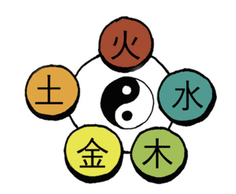 wikicommon wikicommon This is rather easy to understand if you think of it as an Eastern theory. In the East, there is something called the yin-yang theory. All creations maintain life by repeating creation and extinction, and at the base of this is the law of yin and yang. The Five Elements are the five forms of all things that are created and disappear by the two opposing energies of yin and yang. Here, it is symbolized by the elements of fire, water, wood, earth, and iron, and has an internal intangible meaning rather than a simple symbol. In other words, the power of the universe and the energy of the earth are the concept that different energies are harmonized as one. And if you look closely at the mark of Yin-Yang Theory, you can see that this also uses positive and negative spaces. In other words, the visible form is seen by the invisible space. Without this space, there is no way to express the form. And the shape is sometimes determined by the beauty of the depth and breadth of the space. The visible and the invisible are one in the end. There is a painter who has drawn this theory well. Whenever I think of negative space like this, M.C. Escher's paintings often come to mind. The image below is a capture of an image introduced in M.C. Escher's book distributed by Taschen.
0 Comments
Leave a Reply. |
Myungja Anna KohArtist Categories
All
Archives
July 2024
|
Proudly powered by Weebly

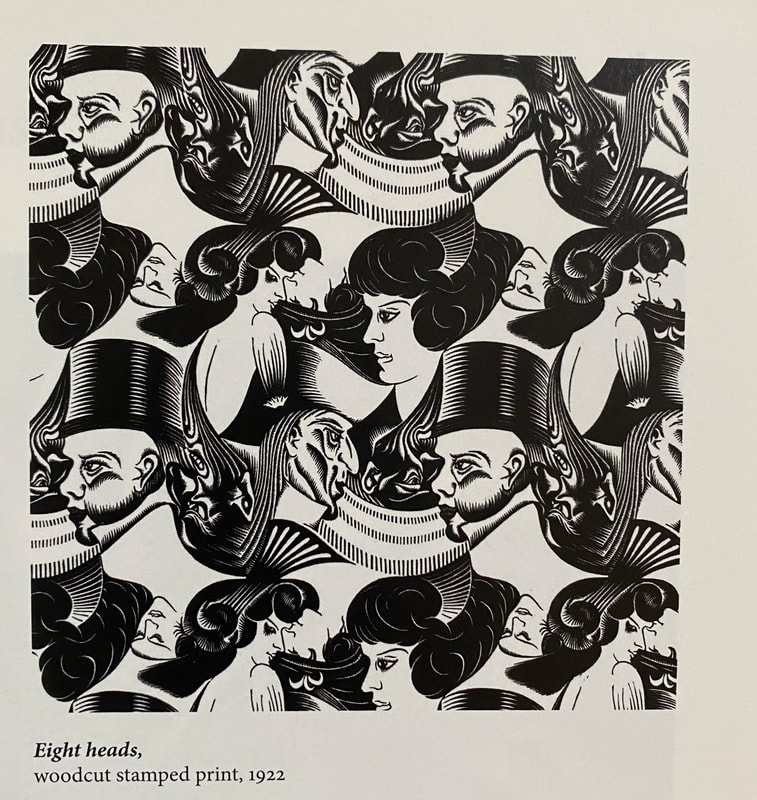
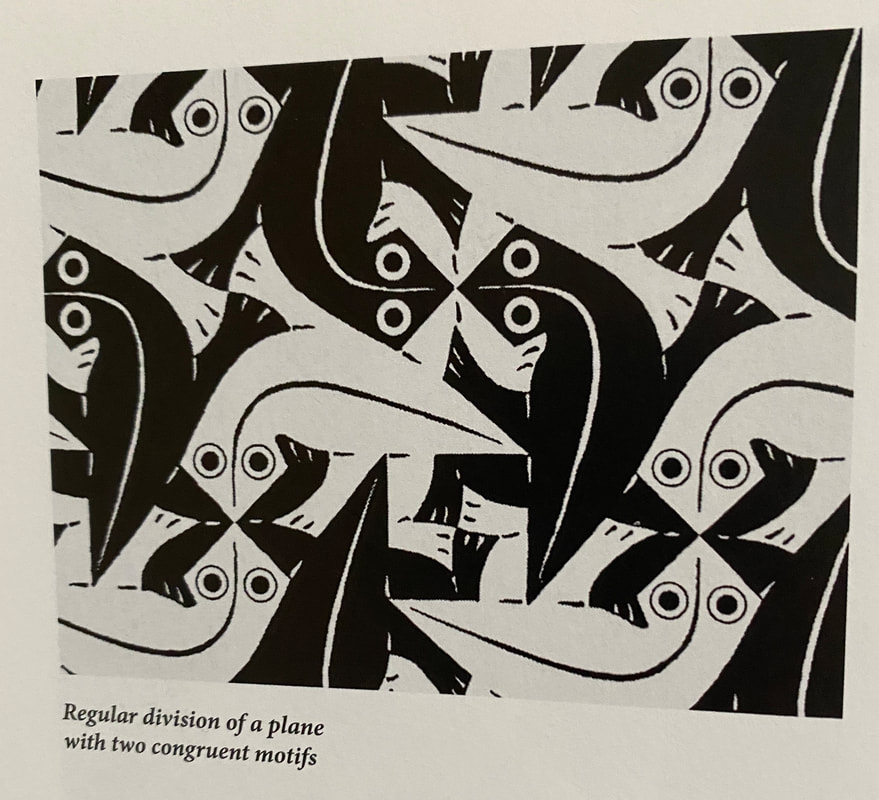
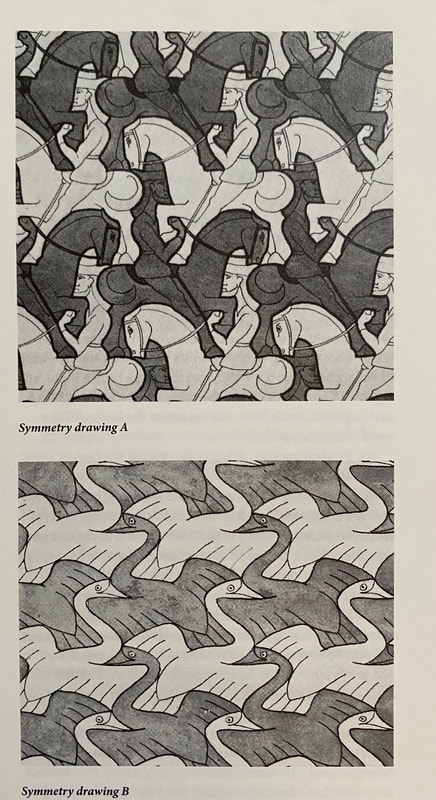
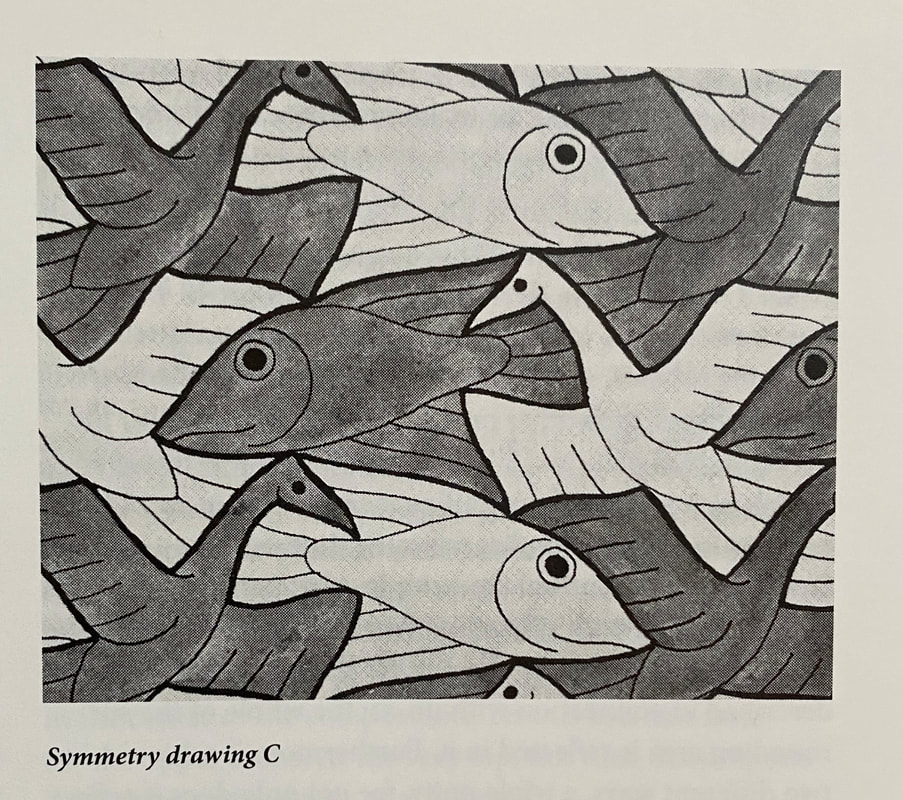
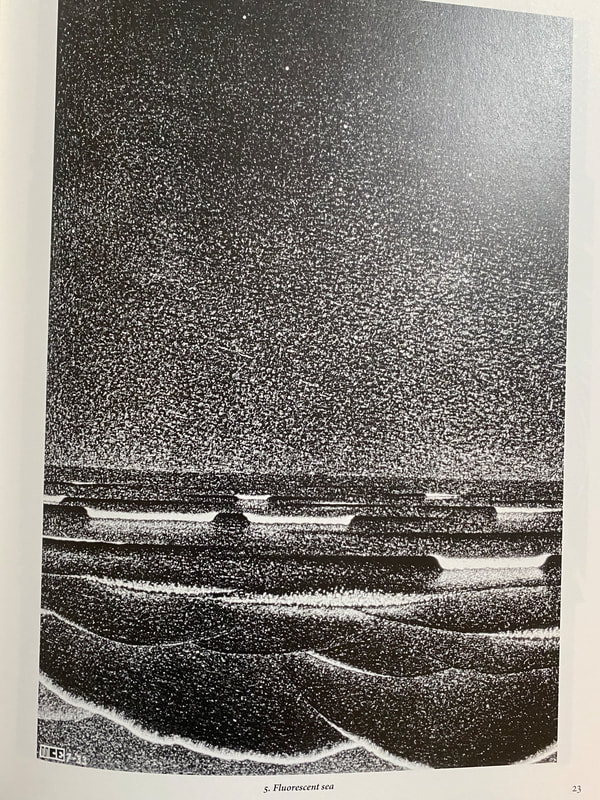
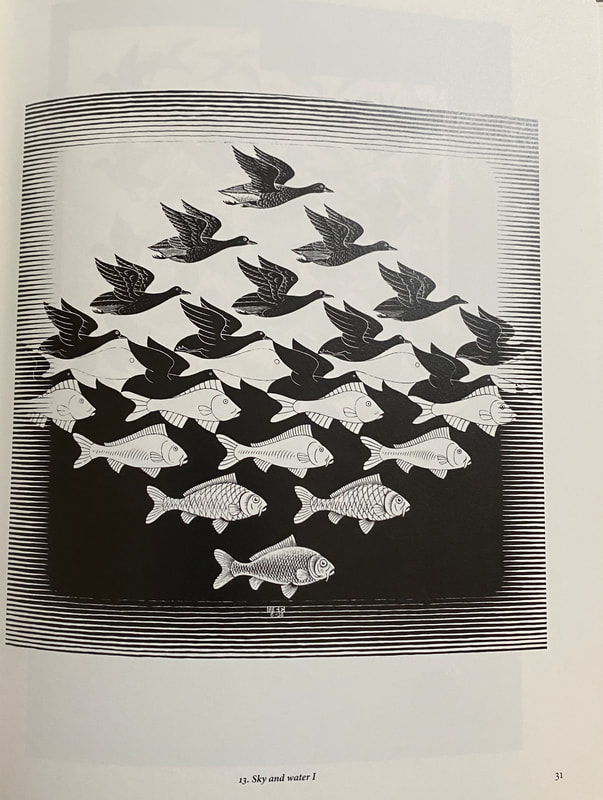
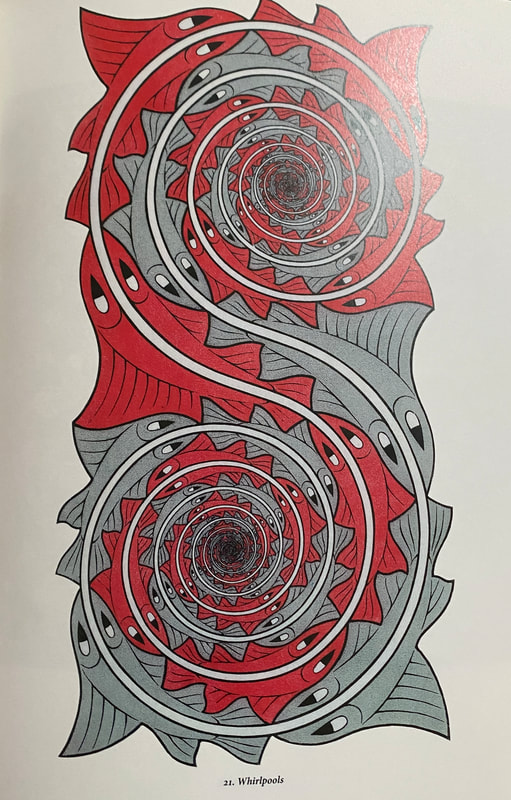
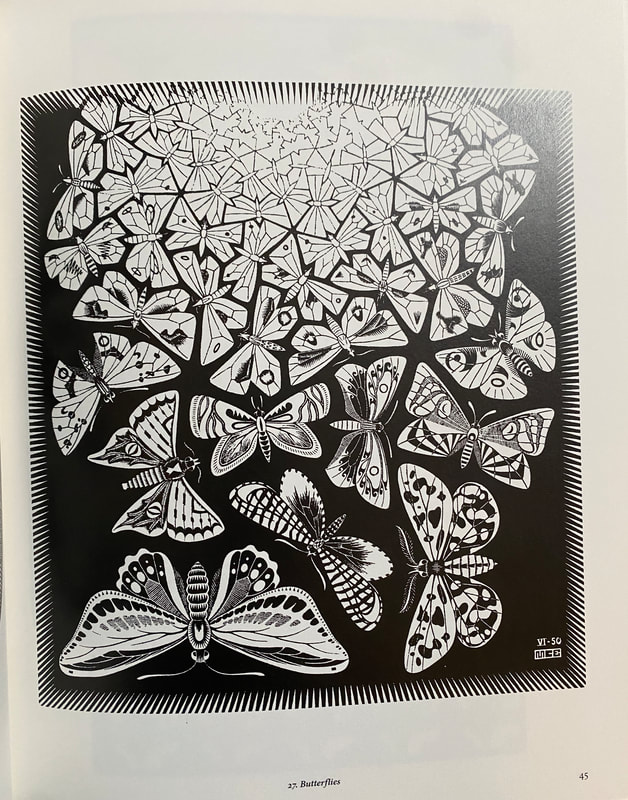
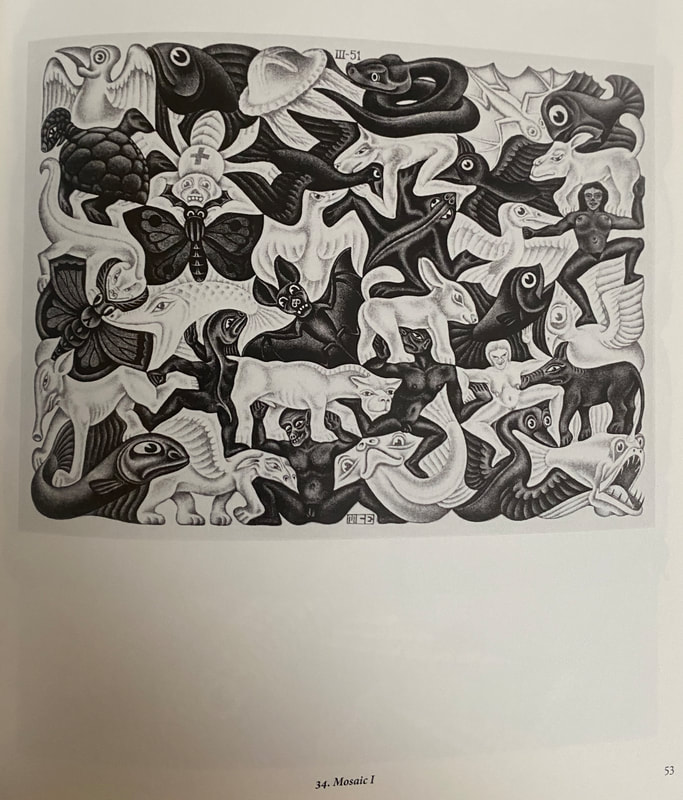
 RSS Feed
RSS Feed